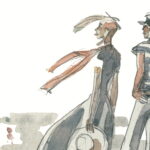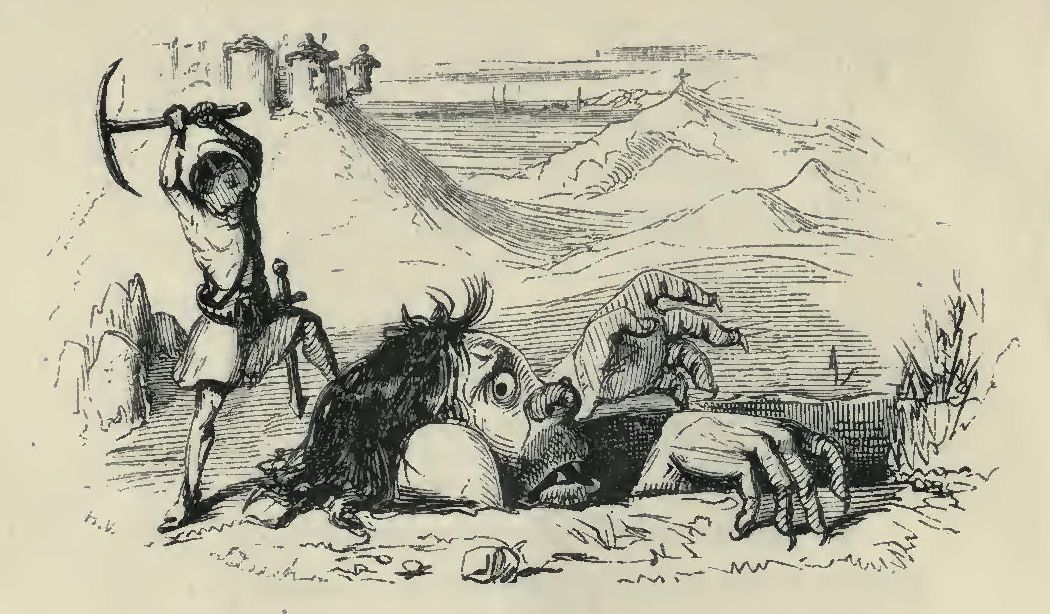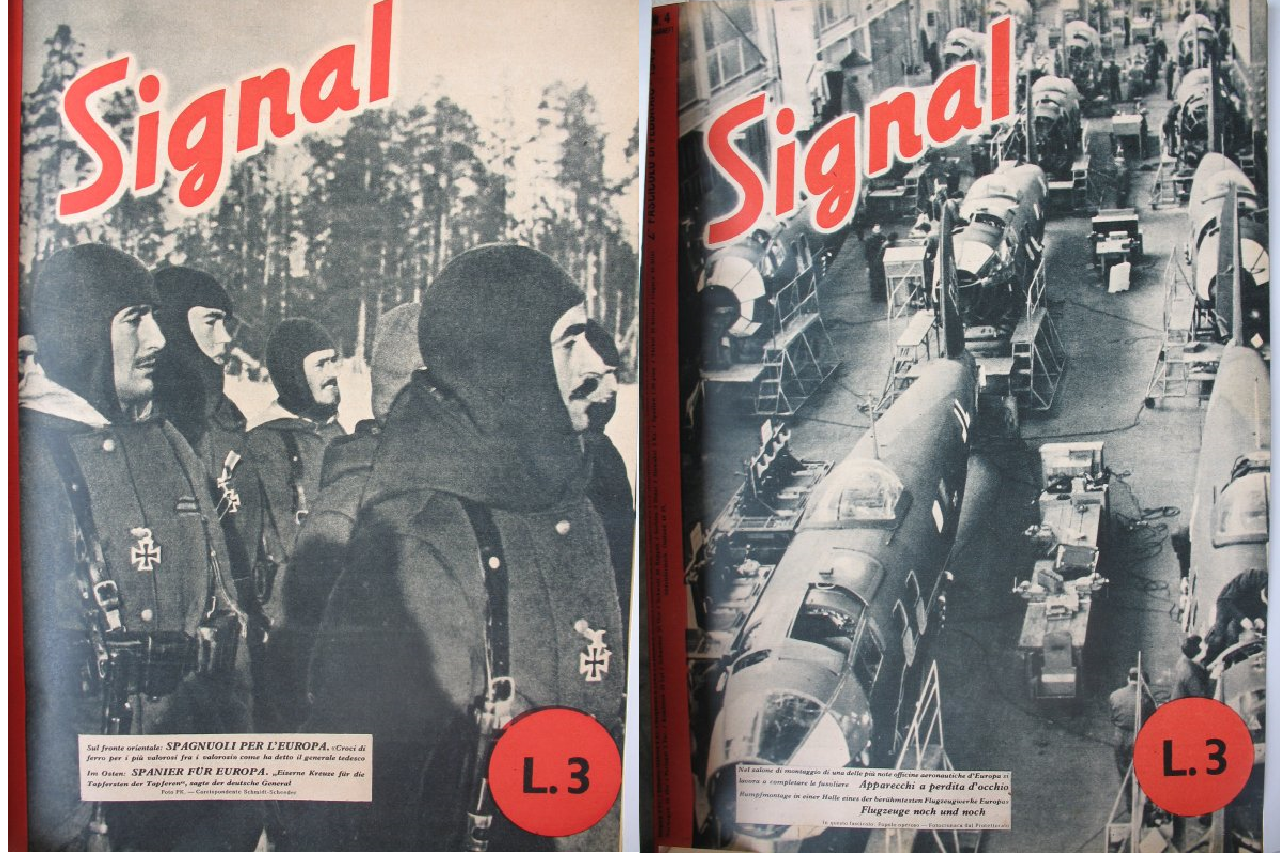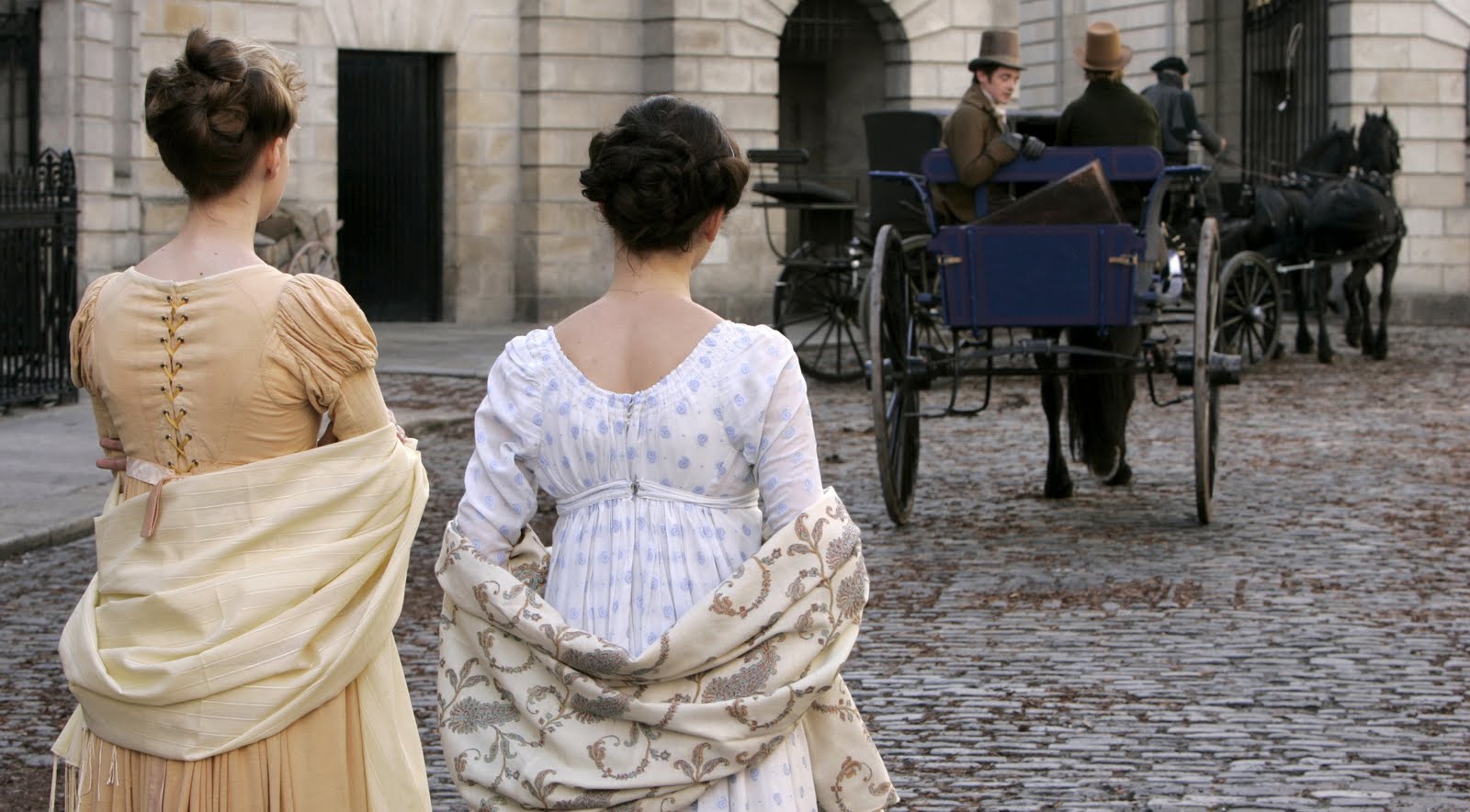Il caso di “Jack the Giant Killer”, L’evoluzione della fiaba
Objective
The purpose of this thesis is to understand Percival Leigh’s revision of the 1853 version. To do so I decided to analyze the socio-cultural background emerging from the comparison of two versions of the same tale, in which the adventures of “Jack the Giant Killer” are narrated. In particular, I have tried to highlight the extra-textual references that appear in the second version of the tale with the view of studying the figure of Jack as a legendary hero, symbol of unity of the English tradition. The versions I have chosen belong to two different historical periods; this decision is pursuant to the choice of explicating the difference of the narration between the two versions, which date from the eighteenth to nineteenth centuries respectively. Therefore, the thesis is an analysis based on the comparison. In order to achieve this target, an empirical method was applied through a research of sources based on logical deductions.
Methodology
The discussion is structured into four chapters. Firstly, I have provided the historical background, thus explaining the spread of the tale as narrative genre. I have examined the causes and socio-economic-political effects which caused changes in the European and in particular in the English literature. Finally I have introduced Jack. Thereafter, I have presented the version of the tale transcribed by the academic Thomas Green, belonging to 1787, with which, thanks to a long summary, the protagonist’s story is recalled. I have narrated the plot in a descriptive way with the addition of some explanations regarding the tale.
Hence this first version acts as sample wich I have compared with the second version of the tale taken into consideration. In this way the thesis continues by discussing Percival Leigh‘s writing of 1853 that completely differs at the levels of form, structure and lexicon from T. Green’s text. The content of the tale remains rather faithful to itself with the exception of a few additions made by the author. I have analyzed the difference of P. Leigh’s writing so as to make understandable the extra-textual elements added by the author. In particular, I have decided to explain the use of irony in the tale and Jack’s role for English culture. However, the historic, literary and folkloristic references are many and for this reason they are analyzed in the last chapter, where the cultural divulgation role of the tale is emerged.
Conclusions
In light of the comparison, I have interpreted P. Leigh’s choices. Therefore I have described the importance of Jack’s figure that is partially parody of the grotesque medieval knight and partially emblem of continuity of the Arthurian literature. The protagonist so turns up to be a hero, symbol of unity for the Country. The extra-textual elements enrich the tale and provide it with a didactic value. Thus irony is a mean through wich the comicality of man’s actions is underlined and man appears glorified and despised at the same time.
In light of such considerations P. Leigh’s tale confers Jack and his adventure with a new value; the protagonist’s vicissitudes are revisited with an ironic reading. Under this perspective, the author’s ultimate message is a spur for the reader: to face life dangers without stopping until one achieves one’s own objectives.
Bibliografia:
- Andersons, R. Bjoern, Norroena: embracing the history and romance of northern Europe, Volume 14, Londra, Norroena Society, 1907.
- R. Antonelli e M. S. Sapegno, L’Europa degli Scrittori 1A, Milano, La Nuova Italia, 2008.
- K. Briggs, Fiabe popolari inglesi, s.l., Einaudi, 1996.
- By the author of “The Comic Latin Grammar” with illustrations by Leech., Jack The Giant Killer, London, s. e., s. d..
- http://www.behindthename.com/
- A. Carson, Richard III: The Maligned King, s. l., The History Press, 2009.
- L. Castiglioni e S. Mariotti, IL Vocabolario della lingua latina, s. l., Loescher editore, 2011.
- H. Chisholm, The Encyclopaedia Britannica: A dictionary of Arts, Sciences, Literature, and General Information, Volume 15, s. l., At University of press, 1911.
- Curch Club of New York, Lauda Sion or The Liturgical Hyms of the Church. New York, E. & J. B. Young & Co., 1896.
- R. A. Davis, Investing Sam Slick: A Biography of Thomas Chandler Haliburton, s. 1., Univesity of Toronto Press, 2005.
- Grande Atlante, National Geographic, Volume 1, Italia, Garzanti, 2005.
- T. Green, Tom Thumb and Jack the Giant-Killer: Two Arthurian Fairy Tales?, Folklore, s. l., 2007.
- ID., The Arthuriad- Volume One, CONTENTS, www.arthuriana.co.uk/arthuriad/Arthuriad_VolOne.pdf
- T. C. Haliburton, The attaché; or Sam Slick in England, by the author of “The clockmaker”, London, s. e., 1843, Oxford University.
- J. O. Halliwell-Phillips, Popular Rhymes and Nursery Tales of England, Preface, London, John Russel Smith, 1849.
- ID, Popular Rhymes and Nursery Tales of England, Preface, London, John Russel Smith, 1849.
- T. Hudson, Comic Songs, Collection the First, London, s. e., 1820.
- S. Kerr – Merry Melodies, vol.4, N. 201 (c. 1880’s).
- W. H. G. Kingston, The Seven Champions of Christendom, Oxford, s. e., 1879.
- P. Leigh and J. Leech, The Latin Comic Grammar, London, s. e., 1840.
- R. S. Loomis, Arthurian Literature in the Middle Ages, C1aredon Press : Oxford University, 1959.
- C. Major, Ryan ‘s Mammoth Collection, s. 1., s. e., 1940.
- A. Malraux, Napoleone Bonaparte, Autobiografia, Milano, Arnoldo Mondadori.
- N. Mark A., Charles Hodge The Way of Life. Sources of American Spirituality, New York, Paulist Press, 2013.
- F. Montanari, GI Vocabolario della lingua greca, s. l., Loescher Editore, 2004.
- M. Moretti e C. Sowden, Literature into Language, An outline of English, American and Commonwealth Literature, with Linguistic exploitation of the texts, s. l., Garzanti, 1986.
- I. Opie and P. Opie, Classic Fairy Tales, Oxford, University press, 1974.
- T. Pettitt, The wondertale in the Workhouse, s. l., s. e., s. d., 2004.
- V. J. Propp, Morfologia della fiaba, Torino Einaudi, 1966.
- J. Roberts, Jack the Giant Killer: A Comi-tragical Farce of One Act, London, s. e., 1730.
- C. Rose, Giants, Monsters and Dragons An Encyclopedia of Folklore, Legend and Myth, s. 1., W. W. Northon and Company, 2001.
- S. a., An English Musical Entertaiment, called Galligantus, London, s. e., 1730.
- W. Shakespeare, La tragedia di Re Lear, Firenze, Sansoni. 1946.
- M. Spufford, Small books and pleasant historie, Popular Fiction and its Readershipin Seventeenth-Century England, London, s. e., 1985.
- D. C. Stuart, Georgian Gardens, London, Hale, 1979.
- J. Swift, Gulliver’s Travels, England, The Penguin, 1983.
- J. Valletta e A. Soffredini, Il Secolo XIX nella vita e nella cultura dei popoli – La Musica, Trento, Edizioni Vallardi, 1900.
- Vita sancti Aegidii (Acta sanctorum, 9 September, 299-304).
- M. Weber, L’etica protestante e lo spirito del capitalismo, tr. it. di Marietti, s. l., Milano, 1991, cfr. R. H. Tawney, La religione e la genesi del capitalismo, tr. it. di G. degli Uberti, Bari, s. e., 1994. A. Smith, Ricerca sopra la natura e le cause della ricchezza delle Nazioni, Torino, Cucini Pomba-e. Comp Editori Librai, 1851.
- J. Zipes, La fiaba irresistibile. Storia culturale sociale di un genere, s. l., Donzelli, 2012.
Sitografia:
- Bartleby.com – The American Heritage Dictionary of the English Language
- Bartleby.com – E. Cobham Brewer. Dictionary of Phrase and Fable. 1898.
Valeria Magini
Relatore
Prof.re Riccardo Capoferro
Roma 15, 07, 2015









